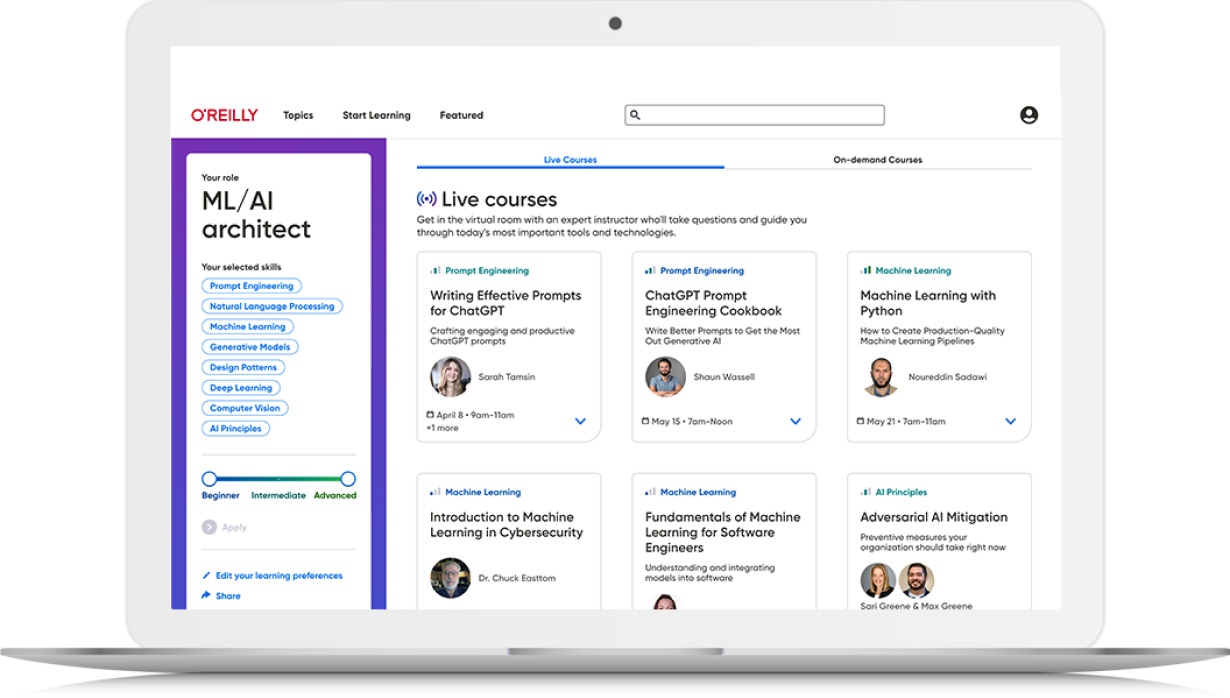Video description
Are you struggling with understanding test automation frameworks and clearing top company's interviews? Do you only have basic knowledge of Selenium and have a plan to enhance your skills to architect level? If yes then you are at right place. This single course enables you to master test automation frameworks with the latest technology from around the globe! This scratch-level program trains you on every aspect of the framework with practical projects, and on course completion you will be mastered in designing frameworks that you can implement successfully in your work place.
What You Will Learn
- At the end of this course, you will be able to design a robust test automation Selenium framework on your own
- Understand how TESTNG/JUNIT works for framework building
- Importance of Maven/ANT - Build management tool in test projects
- Jenkins - CI Integration to the frameworks for continuous monitoring of the test cases
- Understand page object design patterns and its advantages in automation repository building
- Additional knowledge in Selenium Grid- cross browser testing
- You will know the coding standards in designing the most optimized automation script frameworks
- Necessary core Java knowledge required for automation
Audience
This course is for manual testers, non-programming aware testers interested in learning automation.
About The Author
Rahul Shetty: Rahul Shetty is the founder and trainer at Rahul Shetty Academy. He is a passionate software tester and has 13 years of rich experience in the IT industry. He has completed more than 300 offline training batches. Rahul has extensive knowledge in web automation testing, mobile automation testing, and API automation testing. He has also worked with various CMM-level organizations and managed the set-up of QA processes for projects.
Table of contents
- Chapter 1 : Introduction
-
Chapter 2 : TestNG Testing Framework
- Why TestNG and Its Advantages
- Running testcases in TestNG with out Void main Java
- Importance of Testng xml file
- Prioritizing the tests using TestNG
- Controlling the Testcase execution with Exclude Mechanism
- Executing the Testcases at Package level with regex
- Test level Testng Annotations examples
- Method Suite level Testng Annotations examples
- Importance of Groups in Testng
- Annotations helper attributes with examples
- Parameterising from TestNG xml file
- DataProvider Annotation -Parameterizing Testcases
- Practise exercises on Dataprovider annotations
- Importance of Listeners in TestNG framework
- Running Tests in parallel and generating Reports
- Chapter 3 : Maven - Build Management Tool
- Chapter 4 : Jenkins- Continiuous Integration Tool
- Chapter 5 : ANT- Build Management Tool
- Chapter 6 : Page object Design Patterns
- Chapter 7 : Selenium Grid -Cross Browser Testing
- Chapter 8 : Java OOPS Basics for Framework Design
Product information
- Title: Design Selenium Test framework from scratch-Architect level
- Author(s):
- Release date: February 2018
- Publisher(s): Packt Publishing
- ISBN: 9781789131048
You might also like
video
Data-Driven Testing in Selenium
Selenium is one of the most popular engines for UI test automation. It is available for …
book
Selenium Framework Design in Data-Driven Testing
Take a deep dive into building data-driven test frameworks using Selenium WebDriver About This Book A …
video
Mastering Selenium WebDriver 3.X Test Automation
Are you facing an issue where your tests break often for no obvious reason or are …
book
Selenium Design Patterns and Best Practices
Build a powerful, stable, and automated test suite using Selenium WebDriver In Detail Selenium WebDriver is …

